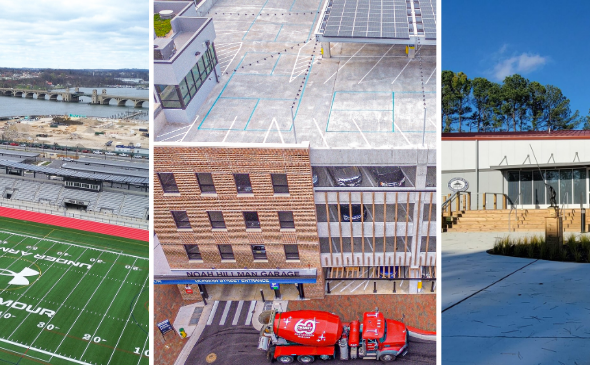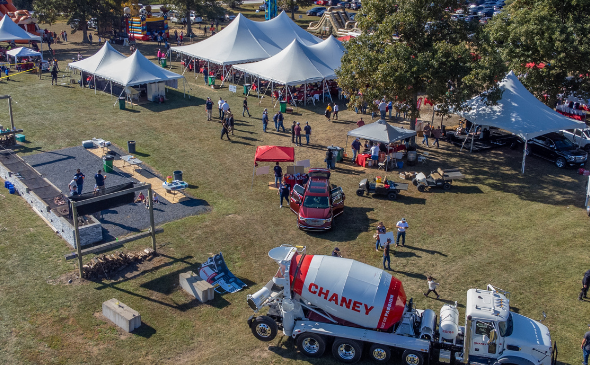Chaney News
June 28, 2024News, Concrete
5 Tips for Hot Weather Concreting
Author: Madison Sloan

Which one of the following conditions is considered hot weather concreting? Ambient temperature is high, concrete temperature is high, relative humidity is low or the wind speed is high?
Answer: All of the above!!!
Potential problems include plastic shrinkage cracking, controlling entrained air content, setting times, rate of slump loss, and increased water demand. With a little bit of planning and preparation most of these problems can be avoided.
Follow the tips listed below to help minimize the risk of problems:
1.) Have all forms and equipment ready, cool, and spray with water. If using a vibrator, make sure to have one on standby in case the other one fails. Keep tools in the shade and dampen side forms.
2.) Use a thermometer to monitor concrete temperature when the mix is delivered and call for plant adjustments if needed.
3.) Dampen the subgrade before placing the concrete even if there is a vapor barrier.
4.) Control evaporation from the concrete surface using fog sprays or cover all exposed surfaces especially if there is chance of plastic shrinkage cracking.
5.) Cure for the specified period but no less than 3 days. Protect all surfaces from drying with wet burlap mats, continuous spray mist, or a white-pigmented curing compound. Curing is a critical step especially during hot weather.
Be sure to utilize our Concrete Weather Calculator to help you plan for the weather by calculating the evaporation rate. Visit the app store to download our concrete and aggregate calculator.









